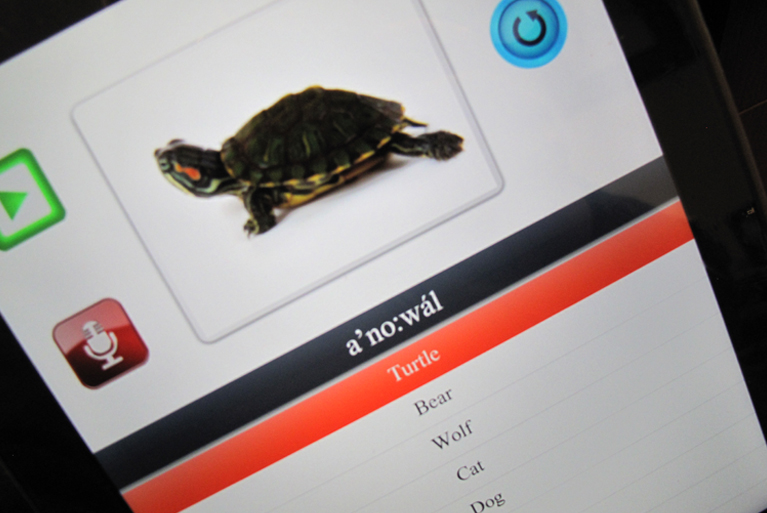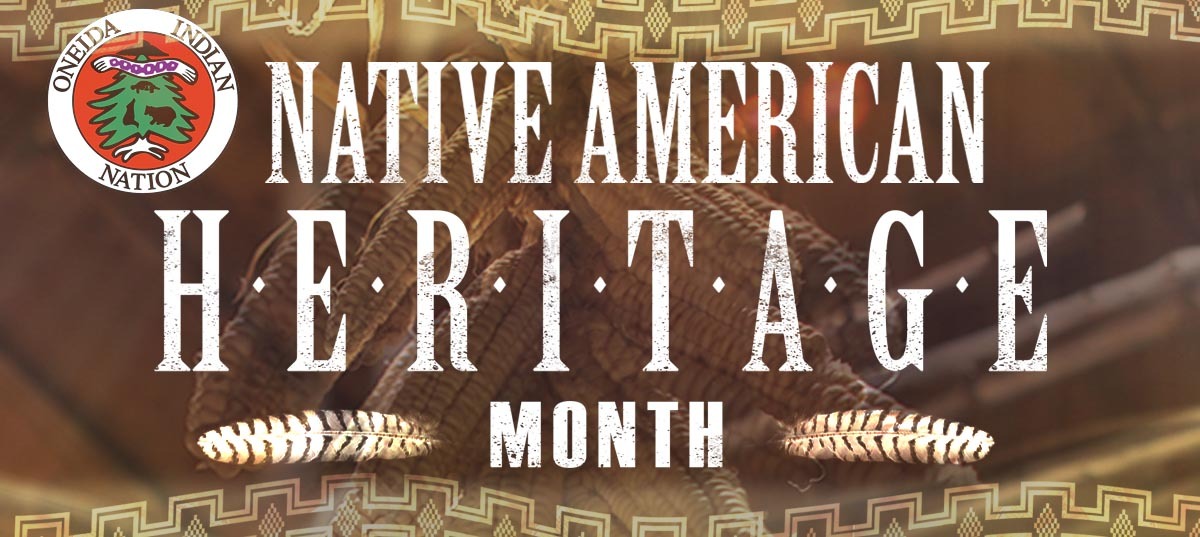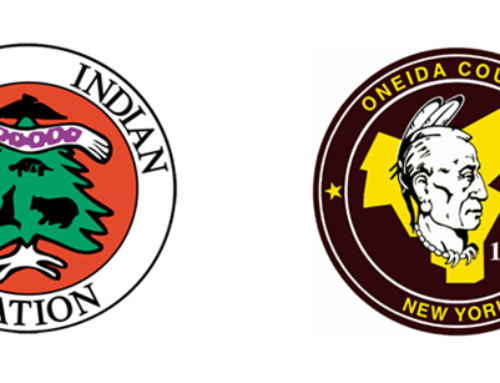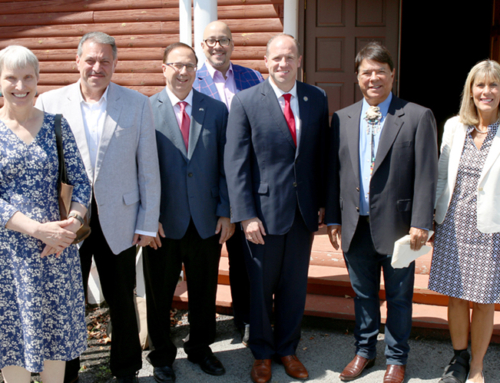New App Makes Endangered Language Available to All
Twenty years ago there was a dearth of Onyota’a:ká: language speakers. This lack of native speakers reflected what was happening across Indian Country: the loss of traditional language.
Fast-forward to today, and there is optimism that a language renaissance could happen soon as a handful of adult learners have been bringing the language to the Oneida Indian Nation Early Learning Center’s 3 and 4 year olds in an immersion-style class – nothing but Oneida is spoken by the instructors during the entire half-day classes.
And, now, the marriage of ancient language and computer programming has yielded “Oneida Basic,” a free Oneida language app available on iTunes for use on iPads and iPhones.
The timing of this launch could not have been more perfect as the Massachusetts’s Institute of Technology’s Indigenous Language Initiative has stated that in the United States 165 American Indian languages are still spoken, of which:
- 74 are almost extinct
- 58 have fewer than 1,000 speakers
- 25 have 1,000-10,000 speakers
- 8 have more than 10,000 speakers
“Preserving our language has been an effort more than 20 years in the making,” Ray Halbritter, Oneida Indian Nation Representative and Turning Stone Enterprises CEO said. “As American Indian languages are in danger of becoming extinct we have been working diligently to preserve the Oneida language. We have worked with various methods of teaching, such as the internationally acclaimed Berlitz immersion method.”
And while those classes and methodologies shifted since the Bertliz days, the use of new technologies was always at the forefront. First, electronic books for iPads, iPhones and Smart Phones were made available on the Oneida Indian Nation website. In the classrooms smart boards – interactive white boards that are computer-based – are utilized.
“Now, thanks to this easy-to-use app, our complex language is available for more Members to learn and speak in their own homes,” Ray added.
Randy Phillips, education assistant manager for the Nation’s Education Department, deems this new app a real treasure. “One of the great things this app does is it archives a lot of the language,” he said. “We’ve never been in such a situation to have so much preserved.
“If each student can pass the language on to two or three people, the language can begin to flourish in the community once again. We’ve got to encourage people to learn the language or we’re going to lose it. The Oneida language is on UNESCO’s 2010 Atlas of languages in danger of extinction list.”
Randy has heard rave reviews, adding the app is being used with the Nation’s youngest students at the ELC and the results are surprising.
“It’s amazing how much more quickly children pick it up then adults. They’re little sponges. The kids hear the words, they say what they hear, and they’re spot on.”
“We are really happy that it is up and running. It’s been a two-year process for us from start to finish. And we had so many revisions just to ensure the words were as correct as we could get them.”
The app was created by Thornton Media. Founded in 1995 in Los Angeles, Thornton Media – a Native-owned high-tech language tool company – created custom language tools for more than 170 endangered languages. The husband-and-wife team travels often to Canada and isolated parts of the United States to create apps for very small languages, some with only a handful of speakers. The group was recognized in 2013 by Apple for spearheading the movement to revitalize endangered languages through interactive media.







